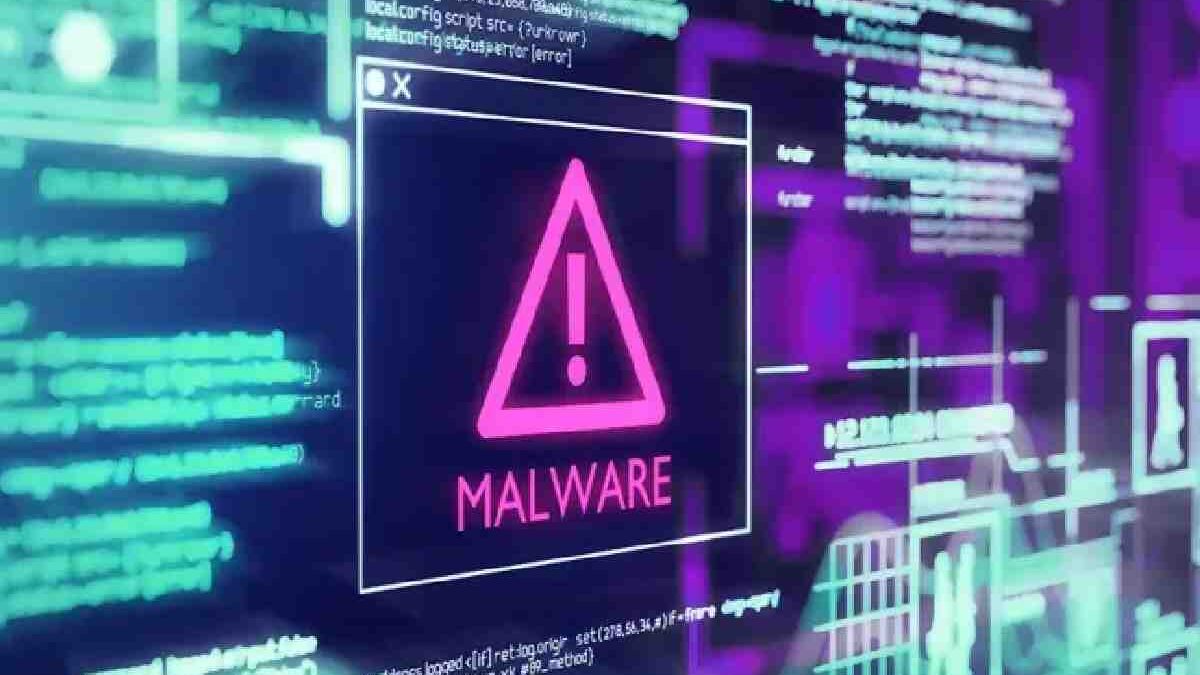All computers are vulnerable to malware attacks. This type of software is designed to steal personal information, hijack core computer functions, and other malicious purposes.
Most Windows and Mac machines have built-in security protection that should detect malware infections. However, powerful malware can evade detection and go about its business undetected.
Table of Contents
Run a Scan
The first step on how to get rid of malware is to run a full system scan on the affected computer. This will detect any nefarious files, remove them, and prevent them from infecting other computers and devices. Suppose a virus has infected the operating system. In that case, you’ll need to boot into Windows Safe Mode, stopping any threats from loading when Windows boots and making it easier to identify and remove them.
Viruses, Trojans, adware, spyware, ransomware, and other malware steal your personal information or take over your device to send spam, deliver unwanted ads, demand payment for unscrambling files encrypted by ransomware, and open up your system to further attacks. Cybercriminals are constantly creating new types of malware and methods for infecting computers, tablets, phones, and other devices. This is why it’s important to keep up with your security and regularly run a full system scan on your PC or Mac.
If you’re worried about a particular type of malware or if your normal security tools haven’t spotted it, there are on-demand scanners that can act as a second opinion. They’re all easy to download and use, so you can quickly run a scan and troubleshoot any issues your regular tools might have missed.
Check Your System Settings
Malware often tries to hide its presence by locking files, re-creating processes, and changing registry entries. Using an antimalware software solution specifically designed to tackle different malware types can help you identify some of these signs and take action.
For example, if you notice that your computer is uncharacteristically slow or your web browser keeps getting inundated with pop-ups, this may be a sign of infection. You can also watch for programs that consume much power without noticing, especially on laptops.
Some spyware tools try to look as innocuous as possible, making it difficult to tell if they’re legitimate. However, you can use Task Manager to check for applications that don’t belong on your computer and Google their names if you’re unsure.
If you suspect that your computer or phone has become infected with malware, staying offline as much as possible is a good idea. This will prevent your data from being sent to a malicious server and stop the malware from spreading further. You can also roll back your operating system using a factory restore, reinstalling your apps and programs but erasing any infected files from the device. To do this, visit your device manufacturer’s website for instructions.
Remove Suspicious Applications
Modern malware comes in many varieties, with varying breeds impacting your computer. Regardless of what kind of malware is infecting your machine, there are a few basic steps you should take to remove it. The first step is disconnecting your PC from the Internet and entering safe mode (see our guides for Windows and Mac).
Once you are in safe mode, you should check your activity monitor to see if any applications are taking up system resources that shouldn’t be. Look for any suspicious processes attempting to access your passwords or other personal information. If you find any such applications, close them and run a scan using a malware scanner.
Some malware uses “process hollowing” to hide itself from detection using an existing benign process. The malicious code remain placed in a new process that shares the same name as the original benign process and replaces its memory with the malware code. This is a technique that can often slip past antivirus software.
Make sure you have the latest operating system updates installed. This is important even if you remain not worried about getting malware, as these updates often contain security patches that address the most recent malware threats. To update Windows, open the menu and click Update & Security. To update a Mac, open the menu and select System Preferences.
Delete Restore Points
Malware can eat up your system’s resources, slow it to a crawl, and even spread from device to device. Fortunately, there are steps you can take to detect the presence of malware before it has a chance to do any serious damage.
Start by running a scan with antimalware software to identify and quarantine any threats. Then, disconnect your computer from the Internet to prevent it from communicating with a remote server or transmitting your personal information.
Next, check for any suspicious apps you don’t remember installing. You can do this using Activity Monitor on a Mac or looking at Apps in the System Preferences on a PC. If you find any suspicious applications, quit them immediately and delete them.
Finally, if you notice that your system restore points are taking up too much space on your hard drive, you can remove them with a free utility. However, it’s a good idea to create a new restore point before doing this in case something goes wrong.

